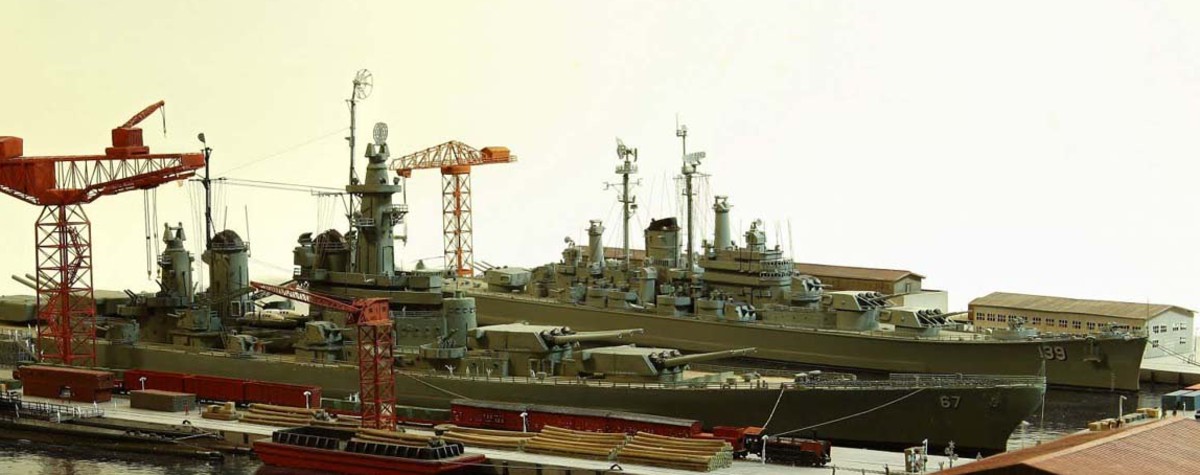
CUS Montana (BB-1943+)
Back to Commonwealth Union of America ship list:
1930 the GALT Treaty was not renewed by Japan, all the other signatories laid down 35,000 ton battleships to match what they thought Japan was doing and what those countries had agreed between themselves to adhere to that limit. With rumours that the Japanese ships were larger than 35,000 tons this led to the next 45,000 ton round of designs from 1934-35. Once trials of the new Japanese ships were underway in 1937 all of the other signatories became aware that the Japanese ships were much bigger than even the 45,000 ton types they were currently building. The jump from 45,000 tons to the next 65,000 ton monsters was huge, the designs were completed 1938-39 and the ships laid down 1938-39 by those navies. Only the CUA Navy, Germanic States Navy and the Australis Navy were able to complete their ships of that size (see HMAS Oceania), because the rest of the nations were caught up in the Second World War from June 1939. The Germanic States ships were actually almost 10,000 tons smaller than the others at 56,000 tons standard displacement, but this did not make them any less huge ships. The CUA finished their ships first as they were not involved in the war till 1941 which allowed them two years of free building time.

The CUS Montana was huge. The class were the longest battleships completed by any nation. Most of that size was needed for ammunition stowage. The 16" guns were of a new mark, that while they were not fully automatic they utilised as much automated loading technology to improve the rate of fire. This raised the rate of fire from 2 rounds per minute to 3 rounds per minute. This may not sound much but ask any battleship captain if he would like a ship with its main guns firing 50% faster and he would be your slave forever. The Montana itself was accepted for service in December 1943 and almost immediately was held at Honolulu's Pearl Harbour on its way to join the fleets in the Western Pacific. A new type of radar had just been completed and the first sets and aerials were dispatched to the Montana on a destroyer. Three weeks later the new system proved itself when the Montana hit an inquisitive Japanese ship (later found to be an Agano class light cruiser) with its main guns at a range of 32,500 yards at night. None of the other fleet units could 'see' the enemy and wondered what was up with the Montana when it requested the escorts to 'clear the range'. The 4.5" and 3" were the new automatic models and thousands of rounds of ammunition for both types of guns needed to be carried to be able to keep the guns firing through a days attacks. (see CUS Vancouver)
The removal of the aircraft handling facilities allowed the hangar area aft to be split into much needed extra accomodation as the extra fittings, since the original design was promulgated in 1940 and the ships laid down and under construction, chewed through space that had been accommodation. The change to the automatic weapons did balance itself out a bit. Less crew were required per mounting/handling rooms, while more space was required for extra ammunition stowage.
| Displacement | 65,600 std 76,800 tons full load |
| Length | 921 ft |
| Breadth | 121 ft |
| Draught | 35 ft |
| Machinery | 4 shaft steam turbines, 200,000shp |
| Speed | 30 knots |
| Range | 10500 miles at 18 knots |
| Armour | 16" side, 6" deck, 18/12/9" turrets |
| Armament | 12 x 16" (4x3) 20 x 4.5" (10x2) 40 x 3" (20x2) |
| Aircraft | nil |
| Torpedoes | nil |
| Complement | 2800 |
| Notes | CUS Montana |

Automatic companions, Montana and Vancouver share port facilities in 1944.
Back to Commonwealth Union of America ship list: